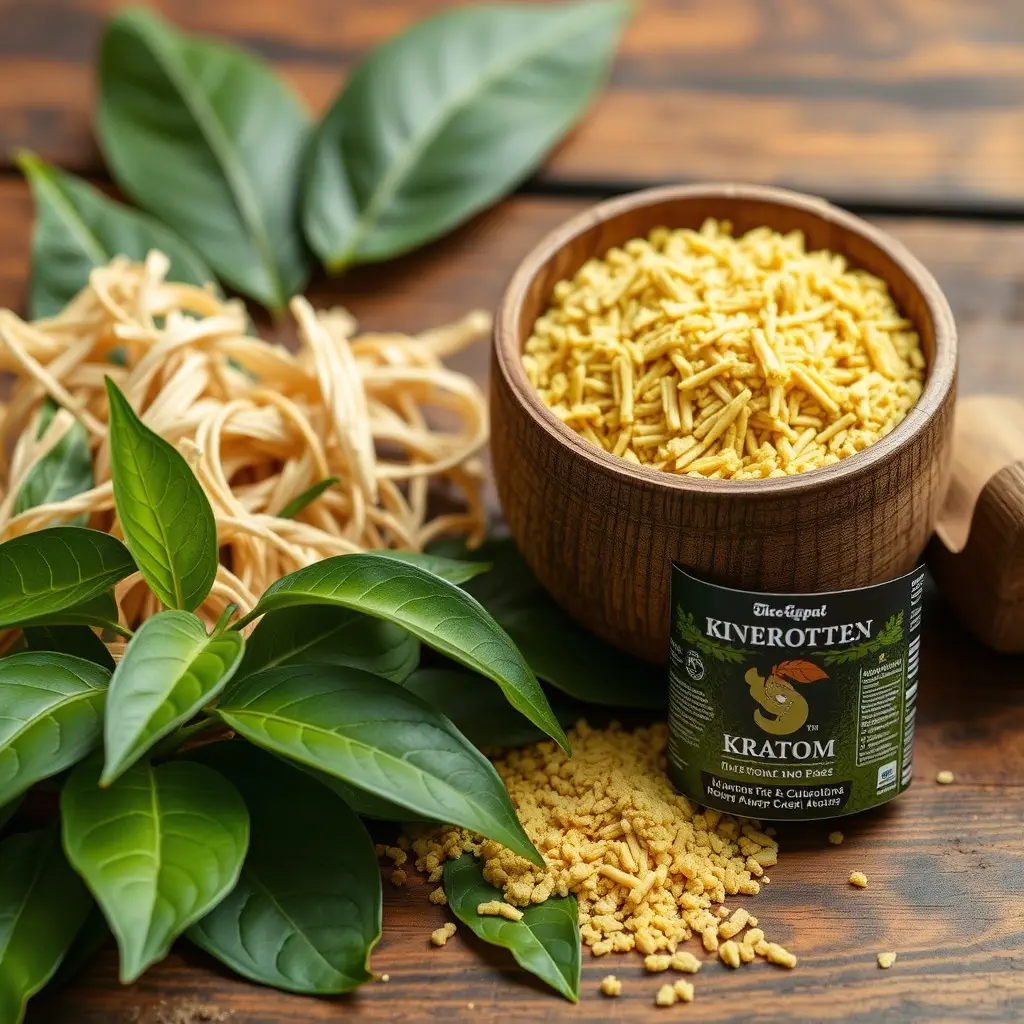Kratom, derived from Malaysia's Mitragyna speciosa trees, is a plant with psychoactive properties due to its alkaloids mitragynine and 7-hydroxymitragynine. Globally recognized for its stimulating to sedative effects, Kratom is under scientific scrutiny to understand its full range of impacts and potential uses. The legal status of Kratom in Malaysia is complex, with it being classified as a controlled substance nationwide under the Poisons Act 1952, yet enforcement varies by state. Within the Malaysian Armed Forces, Kratom use is strictly prohibited due to its impact on cognitive and physical performance. The article addresses whether the army tests for kratom, confirming that military personnel are indeed subject to drug testing with specific tests for Kratom, which, if detected, can lead to severe consequences including disciplinary action or discharge. It is crucial for users, especially those in sensitive positions like military members, to be informed about the legal implications and responsible use of Kratom due to its presence in drug testing protocols. The article advises caution, advocates for adherence to safe consumption practices, and suggests consulting healthcare professionals before using Kratom as part of a wellness regimen. Safety is emphasized to avoid negative effects associated with excessive use.
Exploring the intricate world of Malaysian Kratom Buds, this article offers a deep dive into their potent effects and the nuanced legal landscape they navigate. From understanding the impact of these botanicals to examining how the military sector addresses their use—specifically, “does the army test for kratom”—our comprehensive guide delves into usage patterns, effects, and safety considerations for consumers. Join us as we unravel the complexities surrounding Malaysian Kratom Buds, a subject of increasing interest and importance in various spheres.
- Unveiling the Potency of Malaysian Kratom Buds: An Overview
- The Legal Landscape and Military Implications: Does the Army Test for Kratom Use?
- Cultivation to Consumption: A Comprehensive Guide to Malaysian Kratom Buds' Usage, Effects, and Safety Measures
Unveiling the Potency of Malaysian Kratom Buds: An Overview

Malaysian Kratom buds, derived from the Mitragyna speciosa tree, are renowned in various regions for their distinctive potency and a range of effects that can vary from energizing to soothing. The unique environmental conditions of Malaysia, including its rich soil and tropical climate, contribute to the robust nature of these Kratom buds. These conditions foster the growth of strains with significant alkaloid content, particularly mitragynine and 7-hydroxymitragynine, which are the primary compounds responsible for the plant’s psychoactive properties.
Connoisseurs and researchers alike have conducted numerous studies to understand the nuances of these Kratom buds. The alkaloid profile not only dictates the strength but also influences the spectrum of sensations that users may experience. Users often report a wide array of effects, from elevated mood and heightened alertness to pain relief and improved focus. It’s worth noting that the subject of kratom use in various settings, including military contexts, has surfaced in discussions about its efficacy and safety. For instance, there have been questions about whether the army tests for kratom, reflecting a broader societal debate on its role within different communities. Regardless of these considerations, the potency of Malaysian Kratom buds continues to be a subject of intense interest and ongoing research. Users and scientists alike are keen to explore the full extent of its effects and potential applications, ensuring that any discussions about its impact are informed by empirical evidence rather than speculation.
The Legal Landscape and Military Implications: Does the Army Test for Kratom Use?

The legal status of Malaysian Kratom buds is a complex issue that varies across different regions, reflecting a patchwork of regulations and enforcement practices. In Malaysia, Mitragyna speciosa, commonly known as Kratom, is a controlled substance under the Poisons Act 1952. However, the regulatory approach towards Kratom has been inconsistent, with some states imposing strict controls while others have yet to enforce comprehensive legislation. This ambiguity creates challenges for both law enforcement and consumers, as the availability and use of Kratom can be subject to local interpretations of the law.
In military contexts, the implications of Kratom use are further compounded by stringent drug policies aimed at maintaining operational readiness and discipline. The Malaysian Armed Forces, like many other militaries globally, have rigorous testing protocols to detect performance-enhancing substances or those that may impair a soldier’s effectiveness. While specific tests for Kratom are not universally standardized, the substance’s stimulant and opioid-like effects make it a subject of interest in drug screening within the military. Therefore, the presence of Kratom in military personnel could lead to disciplinary action or discharge, depending on the military branch’s policies and the context of its use. It is important for members of the armed forces to be aware of the legal landscape regarding Kratom and the potential consequences of its use, as adherence to these regulations is crucial for maintaining good order and discipline within the ranks.
Cultivation to Consumption: A Comprehensive Guide to Malaysian Kratom Buds' Usage, Effects, and Safety Measures

Malaysian Kratom buds, derived from the Mitragyna speciosa tree, have garnered attention both for their potential benefits and as a subject of scrutiny in various regulatory contexts, including military drug testing, as evidenced by queries like “does the army test for kratom.” The cultivation of Kratom in Malaysia takes place primarily in its native forests and, increasingly, on plantations. The trees are nurtured under specific conditions to optimize alkaloid content, which are the active compounds in Kratom leaves. Harvesting is performed when the leaves reach maturity, a critical step that affects the potency of the final product. Once harvested, the buds undergo drying processes to preserve their properties, with care taken to maintain quality and concentration levels.
The consumption of Malaysian Kratom buds can lead to a variety of effects, ranging from mild stimulation to sedation, depending on the dosage and strain. At lower doses, users often report increased alertness, enhanced mood, and physical energy, making it popular among those seeking a natural boost in productivity or athletic performance. Higher doses may induce sedative effects, aiding in relaxation and sleep. It’s important to approach the usage of Kratom with caution, as individual responses can vary significantly. Safety measures are paramount; users should adhere to recommended dosages, avoid concurrent use with other substances, and consider regular drug testing if they are subject to such policies, as with those in the military, to ensure compliance with any relevant regulations or personal commitments, addressing concerns like “does the army test for kratom.” Precautions should also be taken to prevent overconsumption, which can lead to adverse effects. Consumers should always prioritize informed use and consult with healthcare professionals before integrating Kratom into their wellness regimen.
Malaysian Kratom Buds have captured significant attention due to their potent effects. This article has shed light on the intricacies of their usage, effects, and safety measures, offering readers a nuanced understanding of this botanical substance. The legal status of Kratom, particularly within military circles—a topic that garnered particular interest—reveals that while its detection remains challenging, the army is indeed vigilant about Kratom use. This comprehensive guide serves as an informative resource for those intrigued by or already engaged with Kratom Buds, emphasizing the importance of responsible consumption and adherence to legal frameworks. Understanding the full scope of this herb’s influence is crucial for anyone considering its use, whether for well-being or otherwise.






